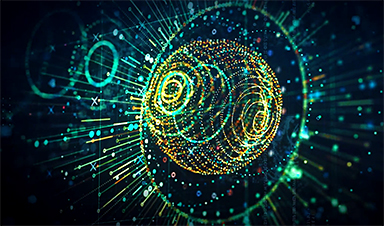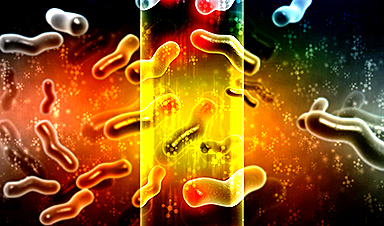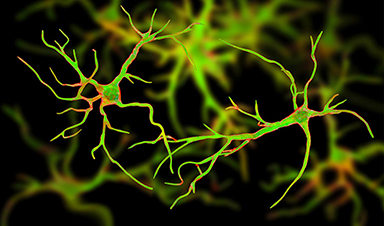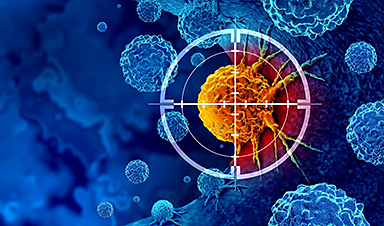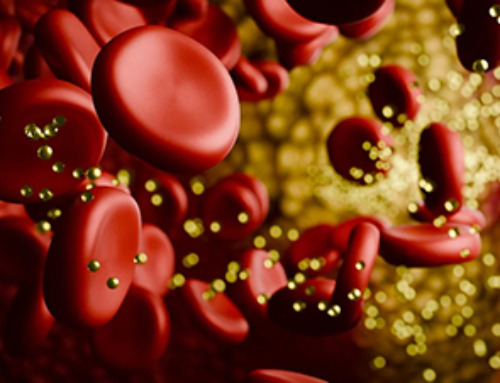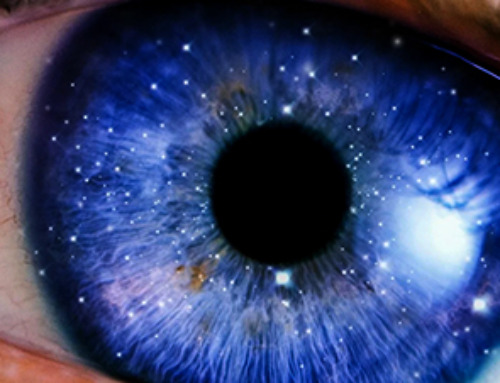The European Union will seek to thrash out an agreement on sweeping rules to regulate artificial intelligence on Wednesday, following months of difficult negotiations in particular on how to monitor generative AI applications like ChatGPT.
ChatGPT wowed with its ability to produce poems and essays within seconds from simple user prompts.
AI proponents say the technology will benefit humanity, transforming everything from work to health care, but others worry about the risks it poses to society, fearing it could thrust the world into unprecedented chaos.
Brussels is bent on bringing big tech to heel with a powerful legal armory to protect EU citizens’ rights, especially those covering privacy and data protection.
The European Commission, the EU’s executive arm, first proposed an AI law in 2021 that would regulate systems based on the level of risk they posed. For example, the greater the risk to citizens’ rights or health, the greater the systems’ obligations.
Negotiations on the final legal text began in June, but a fierce debate in recent weeks over how to regulate general-purpose AI like ChatGPT and Google’s Bard chatbot threatened talks at the last minute.
Negotiators from the European Parliament and EU member states began discussions on Wednesday and the talks were expected to last into the evening.
Some member states worry that too much regulation will stifle innovation and hurt the chances of producing European AI giants to challenge those in the United States, including ChatGPT’s creator OpenAI as well as tech titans like Google and Meta.
Although there is no real deadline, senior EU figures have repeatedly said the bloc must finalize the law before the end of 2023.
Chasing local champions
EU diplomats, industry sources and other EU officials have warned the talks could end without an agreement as stumbling blocks remain over key issues.
Others have suggested that even if there is a political agreement, several meetings will still be needed to hammer out the law’s technical details.
And should EU negotiators reach agreement, the law would not come into force until 2026 at the earliest.
The main sticking point is over how to regulate so-called foundation models—designed to perform a variety of tasks—with France, Germany and Italy calling to exclude them from the tougher parts of the law.
“France, Italy and Germany don’t want a regulation for these models,” said German MEP Axel Voss, who is a member of the special parliamentary committee on AI.
The parliament, however, believes it is “necessary… for transparency” to regulate such models, Voss said.
Late last month, the three biggest EU economies published a paper calling for an “innovation-friendly” approach for the law known as the AI Act.
Berlin, Paris and Rome do not want the law to include restrictive rules for foundation models, but instead say they should adhere to codes of conduct.
Many believe this change in view is motivated by their wish to avoid hindering the development of European champions—and perhaps to help companies such as France’s Mistral AI and Germany’s Aleph Alpha.
Another sticking point is remote biometric surveillance—basically, facial identification through camera data in public places.
The EU parliament wants a full ban on “real time” remote biometric identification systems, which member states oppose. The commission had initially proposed that there could be exemptions to find potential victims of crime including missing children.
There have been suggestions MEPs could concede on this point in exchange for concessions in other areas.
Brando Benifei, one of the MEPs leading negotiations for the parliament, said he saw a “willingness” by everyone to conclude talks.
But, he added, “we are not scared of walking away from a bad deal”.
France’s digital minister Jean-Noel Barrot said it was important to “have a good agreement” and suggested there should be no rush for an agreement at any cost.
“Many important points still need to be covered in a single night,” he added.
Concerns over AI’s impact and the need to supervise the technology are shared worldwide.
US President Joe Biden issued an executive order in October to regulate AI in a bid to mitigate the technology’s risks.
News
Scientists Uncover Hidden Blood Pattern in Long COVID
Researchers found persistent microclot and NET structures in Long COVID blood that may explain long-lasting symptoms. Researchers examining Long COVID have identified a structural connection between circulating microclots and neutrophil extracellular traps (NETs). The [...]
This Cellular Trick Helps Cancer Spread, but Could Also Stop It
Groups of normal cbiells can sense far into their surroundings, helping explain cancer cell migration. Understanding this ability could lead to new ways to limit tumor spread. The tale of the princess and the [...]
New mRNA therapy targets drug-resistant pneumonia
Bacteria that multiply on surfaces are a major headache in health care when they gain a foothold on, for example, implants or in catheters. Researchers at Chalmers University of Technology in Sweden have found [...]
Current Heart Health Guidelines Are Failing To Catch a Deadly Genetic Killer
New research reveals that standard screening misses most people with a common inherited cholesterol disorder. A Mayo Clinic study reports that current genetic screening guidelines overlook most people who have familial hypercholesterolemia, an inherited disorder that [...]
Scientists Identify the Evolutionary “Purpose” of Consciousness
Summary: Researchers at Ruhr University Bochum explore why consciousness evolved and why different species developed it in distinct ways. By comparing humans with birds, they show that complex awareness may arise through different neural architectures yet [...]
Novel mRNA therapy curbs antibiotic-resistant infections in preclinical lung models
Researchers at the Icahn School of Medicine at Mount Sinai and collaborators have reported early success with a novel mRNA-based therapy designed to combat antibiotic-resistant bacteria. The findings, published in Nature Biotechnology, show that in [...]
New skin-permeable polymer delivers insulin without needles
A breakthrough zwitterionic polymer slips through the skin’s toughest barriers, carrying insulin deep into tissue and normalizing blood sugar, offering patients a painless alternative to daily injections. A recent study published in the journal Nature examines [...]
Multifunctional Nanogels: A Breakthrough in Antibacterial Strategies
Antibiotic resistance is a growing concern - from human health to crop survival. A new study successfully uses nanogels to target and almost entirely inhibit the bacteria P. Aeruginosa. Recently published in Angewandte Chemie, the study [...]
Nanoflowers rejuvenate old and damaged human cells by replacing their mitochondria
Biomedical researchers at Texas A&M University may have discovered a way to stop or even reverse the decline of cellular energy production—a finding that could have revolutionary effects across medicine. Dr. Akhilesh K. Gaharwar [...]
The Stunning New Push to Protect the Invisible 99% of Life
Scientists worldwide have joined forces to build the first-ever roadmap for conserving Earth’s vast invisible majority—microbes. Their new IUCN Specialist Group reframes conservation by elevating microbial life to the same urgency as plants and [...]
Scientists Find a Way to Help the Brain Clear Alzheimer’s Plaques Naturally
Scientists have discovered that the brain may have a built-in way to fight Alzheimer’s. By activating a protein called Sox9, researchers were able to switch on star-shaped brain cells known as astrocytes and turn them into [...]
Vision can be rebooted in adults with amblyopia, study suggests
Temporarily anesthetizing the retina briefly reverts the activity of the visual system to that observed in early development and enables growth of responses to the amblyopic eye, new research shows. In the common vision [...]
Ultrasound-activated Nanoparticles Kill Liver Cancer and Activate Immune System
A new ultrasound-guided nanotherapy wipes out liver tumors while training the immune system to keep them from coming back. The study, published in Nano Today, introduces a biodegradable nanoparticle system that combines sonodynamic therapy and cell [...]
Magnetic nanoparticles that successfully navigate complex blood vessels may be ready for clinical trials
Every year, 12 million people worldwide suffer a stroke; many die or are permanently impaired. Currently, drugs are administered to dissolve the thrombus that blocks the blood vessel. These drugs spread throughout the entire [...]
Reviving Exhausted T Cells Sparks Powerful Cancer Tumor Elimination
Scientists have discovered how tumors secretly drain the energy from T cells—the immune system’s main cancer fighters—and how blocking that process can bring them back to life. The team found that cancer cells use [...]
Very low LDL-cholesterol correlates to fewer heart problems after stroke
Brigham and Women's Hospital's TIMI Study Group reports that in patients with prior ischemic stroke, very low achieved LDL-cholesterol correlated with fewer major adverse cardiovascular events and fewer recurrent strokes, without an apparent increase [...]
